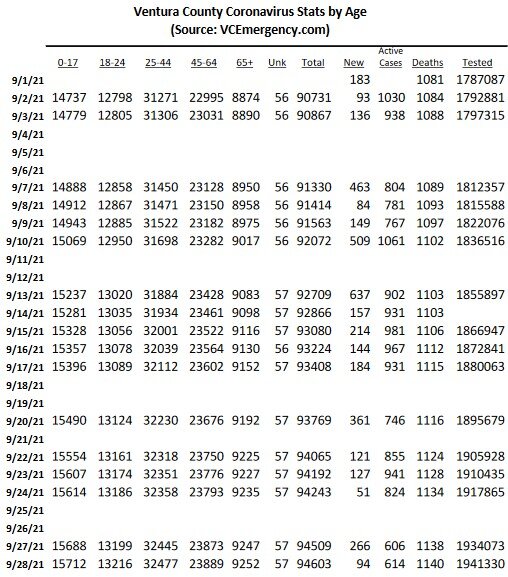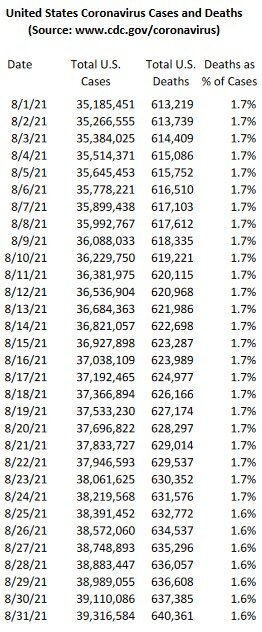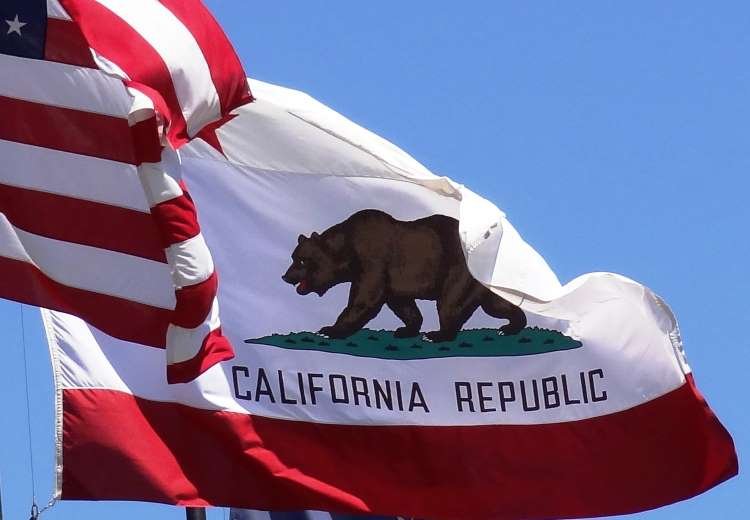Ventura County Animal Services Promotes and Protects the Welfare of Animals
/Ventura County Animal Services (VCAS) is a division of Ventura County Public Health and a department of the Ventura County Health Care Agency. Ventura County Animal Services is committed to promoting and protecting the health, safety and welfare of the people and animals living in Ventura County.
VCAS's main animal shelter and administrative offices is located near the Camarillo Airport at 600 Aviation Drive. The shelter houses up to 400 animals, including dogs, cats, rabbits, birds, livestock and exotic animals. The Simi Valley shelter at 670 West Los Angeles Avenue accepts strays from Simi Valley and Moorpark that can be reclaimed by local residents but due to space limitations are photographed and brought to Camarillo usually within 24 hours. Both shelters are currently open seven days a week. Visit www.vcas.us for operating hours.
To reach either shelter, call 805.388.4341 or 888.223.PETS, Monday through Friday 7:30 am to 5:30 pm and Saturday/Sunday 8 am to 4 pm. Field officers are on duty 24 hours a day, 365 days a year and can be reached through these numbers.
How to Adopt an Animal: Animals become available for adoption over varying periods, depending on if the animal has been given up for adoption or is a stray. All adopted animals must be spayed/neutered. In-county adoption costs $125, including certification of sterilization, preliminary vaccinations, first rabies vaccine, Ventura County license*, Trovan microchip for permanent identification, free obedience classes and a certificate for a free health exam at participating local veterinarians. You must be 18 or older with valid ID and commit to providing a "home" (not just a yard) for the animal.
*State law requires that dogs over four months of age be licensed and vaccinated against rabies. VCAS handles licensing for all of Ventura County except Thousand Oaks and Santa Paula, which have their own licensing programs. The City of Thousand Oaks contracts with the Los Angeles County Animal Shelter located at 29525 Agoura Road in Agoura Hills. The Agoura Hills shelter is open seven days a week and can be reached at 818.991.0071. Visit the Santa Paula Animal Rescue Center site at www.santapaulaarc.org for licensing information in that city.
Dog adoption fee for Ventura County residents as of January 2022 (includes license, sterilization and microchip): $115 ($90 fr out of county residents; excludes license). Cats $80, rabbits $50, birds $15.











































